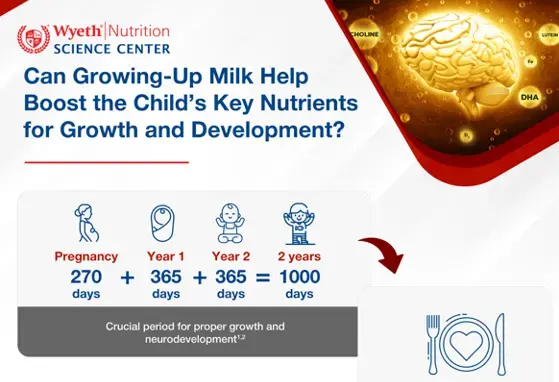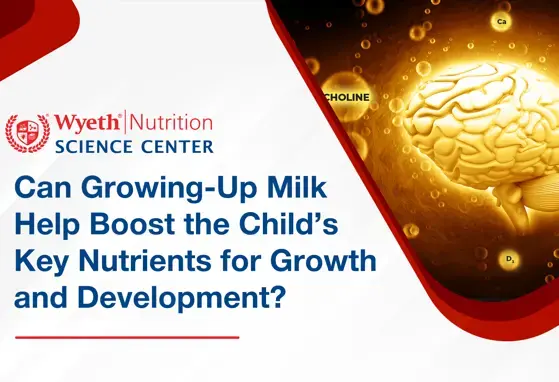ESPGHAN Position Paper on Complementary Feeding

The article considers the timing and content of complementary feeding, the method of feeding, and specific dietary practices, and makes recommendations, focusing on healthy term infants in Europe.
Background – Review on Scientific Evidence:
Neurodevelopment
- Meat is a good source of iron and zinc, and also arachidonic acid (AA) – which is important in brain development
- Long-chain polyunsaturated fatty acids (LCPUFAs), notably DHA, play an important role in brain development. However, it is known that DHA status tends to decline during the period of complementary feeding (when intake of human milk or LCPUFA-supplemented formula decreases)
Macronutrient intake and growth
- High protein intake during complementary feeding may increase the risk of subsequent overweight or obesity
Development of taste and food preferences
- Parents and caregivers may be able to modify their infants’ taste and food preferences by early experiences
Allergy
- There may be an increased risk of allergy if solids are introduced before 3 to 4 months, while no evidence that delaying the introduction of allergenic foods (e.g. cow’s milk, egg, fish, peanut, etc.) beyond 4 months reduces the risk of allergy, either for general infants or those with a family history of allergy
Dental caries
- Sugar intake is a major risk factor of dental caries
Summary of ESPGHAN recommendations based on scientific evidence:
Timing of introducing complementary foods (i.e. any solid and liquid foods other than human milk or infant formula)
- Should NOT be introduced before 4 months nor beyond 6 months
Content of complementary foods
| Dos’ | Don’ts |
|---|---|
|
|
Introduction of allergenic foods
- May be introduced along with complementary feeding any time after 4 months old
- Infants with high risk of peanut allergy (i.e. those with severe eczema, egg allergy, or both) should be introduced with peanuts between 4 and 11 months old, followed by evaluation from trained professional
Method of complementary feeding
- Ensure timely progression based on infant’s developmental stage
- Prolonged use of pureed foods should be discouraged and provide lumpy foods by 8-10 months
- Infants should drink mainly from a cup or training cup rather than a bottle by 12 months
Reference
Fewtrell M, et al. Complementary feeding: A position paper by the European Society for Paediatric Gastroenterology, Hepatology, and Nutrition (ESPGHAN) Committee on Nutrition. J Pediatr Gastroenterol Nutr. 2017;64(1):119-132. Link to the position paper
If you liked this post you may also like

Infographic - Can Growing-Up Milk Help Boost the Child's Key Nutrients for Growth and development?

The Learning Lead - Volume 2, 2024: "Can Growing-Up Milk Help Boost The Child’s Key Nutrients for Growth and Development?"

Maternal Dietary Intake and Human Milk Composition
